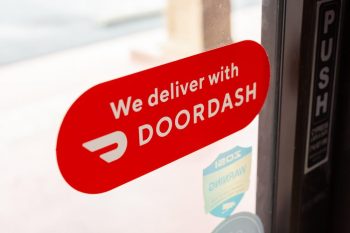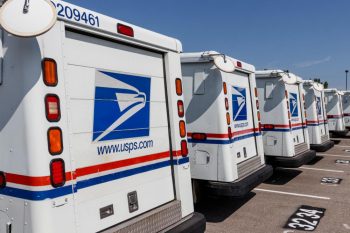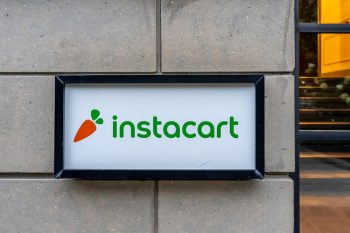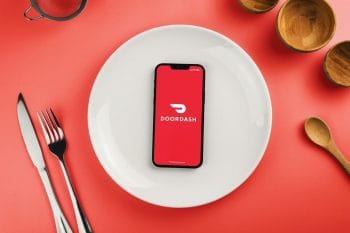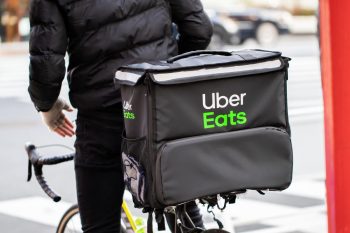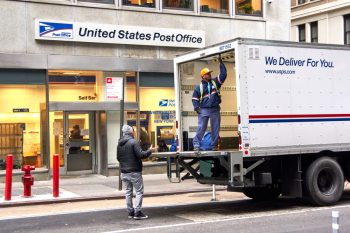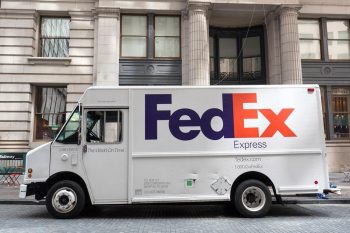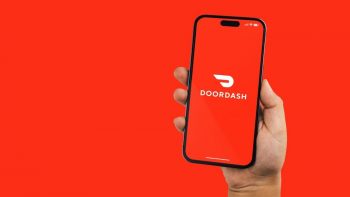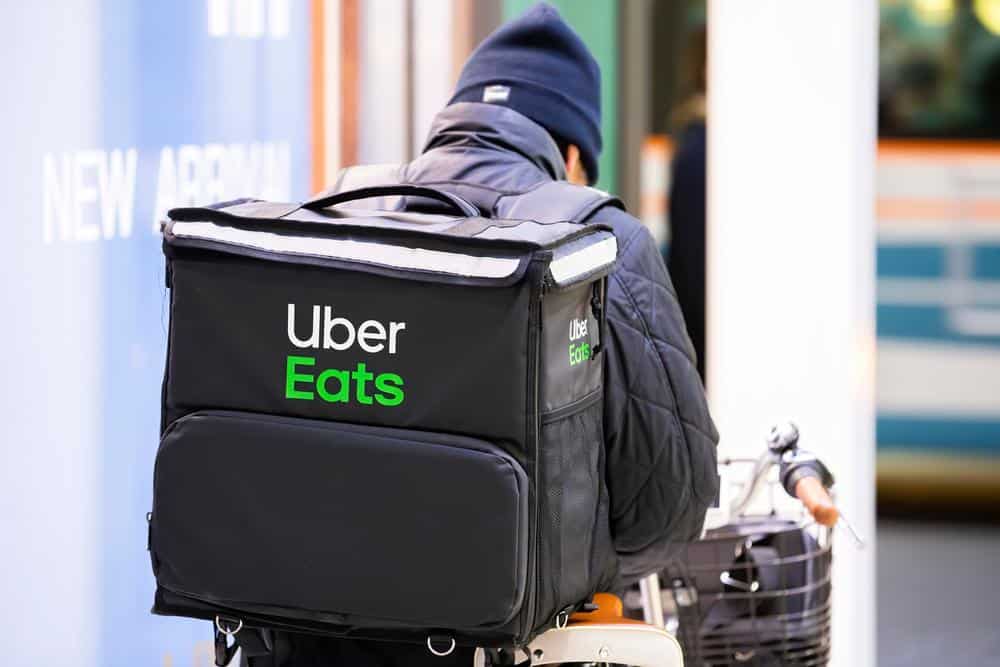
Uber Eats, a major player in the food delivery service industry, made an important strategic move in 2020. The company acquired its rival, Postmates, in a $2.65 billion all-stock transaction, marking one of the most significant acquisitions in the food delivery sector.
Uber Eats completed its acquisition of Postmates on November 30, 2020. The deal was initially announced in July 2020 and was worth approximately $2.65 billion in an all-stock transaction.
The Acquisition
Uber Eats completed its acquisition of Postmates on November 30, 2020. The deal was initially announced in July of the same year, and the all-stock transaction was worth approximately $2.65 billion.
Motivation Behind the Acquisition
Uber Eats’ decision to purchase Postmates was mainly motivated by the desire to cut losses, gain pricing power, consolidate the businesses, and expand its presence in the on-demand food delivery market. At the time of the acquisition, Uber Eats was deeply loss-making, with an EBITDA of -$313 million on revenues of about $819 million in Q1 2020. Acquiring Postmates, which had an 8% market share in the U.S. meal delivery market, allowed Uber to cut administrative and technology-related costs and strengthen its position in the intensely competitive delivery market.
Impact on the Competitive Landscape
The acquisition significantly impacted the competitive landscape in the food delivery service industry. It led to a decline in variable marketing costs as multiple high-profile players compete for market share. Furthermore, it led to cost savings in customer and restaurant acquisition and the implementation of more advanced delivery logistics.
Changes in Postmates’ Service
Following the acquisition, Postmates continues to operate under its own name, with its app interface changing to resemble Uber Eats’. Uber’s acquisition aimed to expand its presence in the on-demand food delivery market and pave the way to profitability.
Impact on Users
The acquisition affected users in several ways. Both Uber Eats and Postmates apps continue to run separately, supported by a more efficient, combined merchant and delivery network. However, some Postmates drivers who did not meet Uber Eats’ stricter requirements, such as vehicle age restrictions, faced challenges in transitioning to the Uber Eats platform.
Future Plans of Uber Eats
Uber Eats aims to pave the way to profitability and expand its market share in the food delivery industry. The company is working on introducing new features to help customers save money and time. Moreover, Uber Eats is evolving its brand beyond food delivery into an on-demand platform for almost anything.
In conclusion, the acquisition of Postmates by Uber Eats was a strategic move that aimed to consolidate the food delivery market and strengthen Uber’s position in the industry. It has led to a more efficient combined network for both Uber Eats and Postmates users, with some concerns about the impact on drivers and potential price inflation. Nevertheless, Uber Eats continues to evolve and innovate in a bid to offer a wider range of on-demand services and improve customer experience.
Frequently Asked Questions
What was the financial performance of Uber Eats before the acquisition of Postmates?
Before the acquisition, Uber Eats was experiencing significant losses. In the first quarter of 2020, the company reported an EBITDA of -$313 million on revenues of about $819 million.
Why did Uber Eats decide to acquire Postmates?
Uber Eats’ decision to acquire Postmates was primarily driven by a desire to cut losses, gain pricing power, consolidate its business, and expand its presence in the food delivery market. Postmates had an 8% market share in the U.S. meal delivery market at the time, making it an attractive acquisition target.
How has the acquisition impacted the food delivery service industry?
The acquisition has significantly impacted the competitive landscape of the food delivery service industry. It has led to a decline in variable marketing costs and resulted in cost savings in customer and restaurant acquisition. It has also facilitated the implementation of more advanced delivery logistics.
What changes occurred in Postmates’ service after the acquisition?
Postmates continues to operate under its own name following the acquisition, but its app interface has been changed to resemble that of Uber Eats.
How has the acquisition affected users of Uber Eats and Postmates?
Both Uber Eats and Postmates apps continue to run separately, but they are now supported by a more efficient, combined merchant and delivery network. However, some Postmates drivers faced challenges in transitioning to the Uber Eats platform due to stricter requirements, such as vehicle age restrictions.
What are Uber Eats’ future plans after the acquisition?
Uber Eats plans to pave the way to profitability and expand its market share in the food delivery industry. The company is also working on introducing new features to help customers save money and time, and is evolving its brand beyond food delivery to an on-demand platform for almost anything.


